The Ebiil Society: Champions of Palau
Ann Singeo, founder of our partner organization the Ebiil Society, shares her vision for a thriving Palau and a flourishing world of indigenous science!
Our new online shop is live!
Published on
March 24, 2017
Written by
Emily Heber
Photo credit
Emily Heber

The James Campbell National Wildlife Refuge in O’ahu, Hawaii has welcomed 15 Black-footed Albatross chicks (Phoebastria nigripes) to their new home this month. The chicks were born about three weeks prior on Midway Atoll, where approximately 90% of their population breeds. In the past the species has faced population decline due to feather and egg collection, predation by invasive rodents, and fishing bycatch. The chicks were relocated to safeguard the species, which faces a predicted future threat of flooding caused by sea level rise.

Midway is a low-lying atoll and wildlife refuge that provides habitat for a variety of threatened and endangered species. Here, Albatross are under increased threats due to sea level rise forecasted to destroy their nesting habitat. Moving chicks to O’ahu is an attempt to create a stable population in region that experience less impact from sea level rise. Eric VanderWerf, President of Pacific Rim Conservation explained:
A new colony is important for this species in particular because it nests mostly on low-lying atolls that are at most a few meters above sea level. Climate change has already impacted this species by washing away thousands of nests on low atolls in the Northwestern Hawaiian Islands.
Conservationists believe that relocating the birds is the first step to ensure the future success of the Black-footed Albatross. The chicks will be cared for and hand-fed at their new home for the next four of five months before they fly out to sea on their own. Researchers hope that the chicks will come back to O’ahu to breed on higher ground and help establish a thriving population.
Partners on this project include Pacific Rim Conservation, Papahānaumokuākea Marine National Monument, U.S. Fish and Wildlife Service, the National Fish and Wildlife Foundation, and the David and Lucile Packard Foundation.
Featured photo: Black-footed Albatross chicks being prepared for their flight to O’ahu. Credit: Lindsay Young/Pacific Rim Conservation
Source:
The Dodo
Check out other journal entries we think you might be interested in.
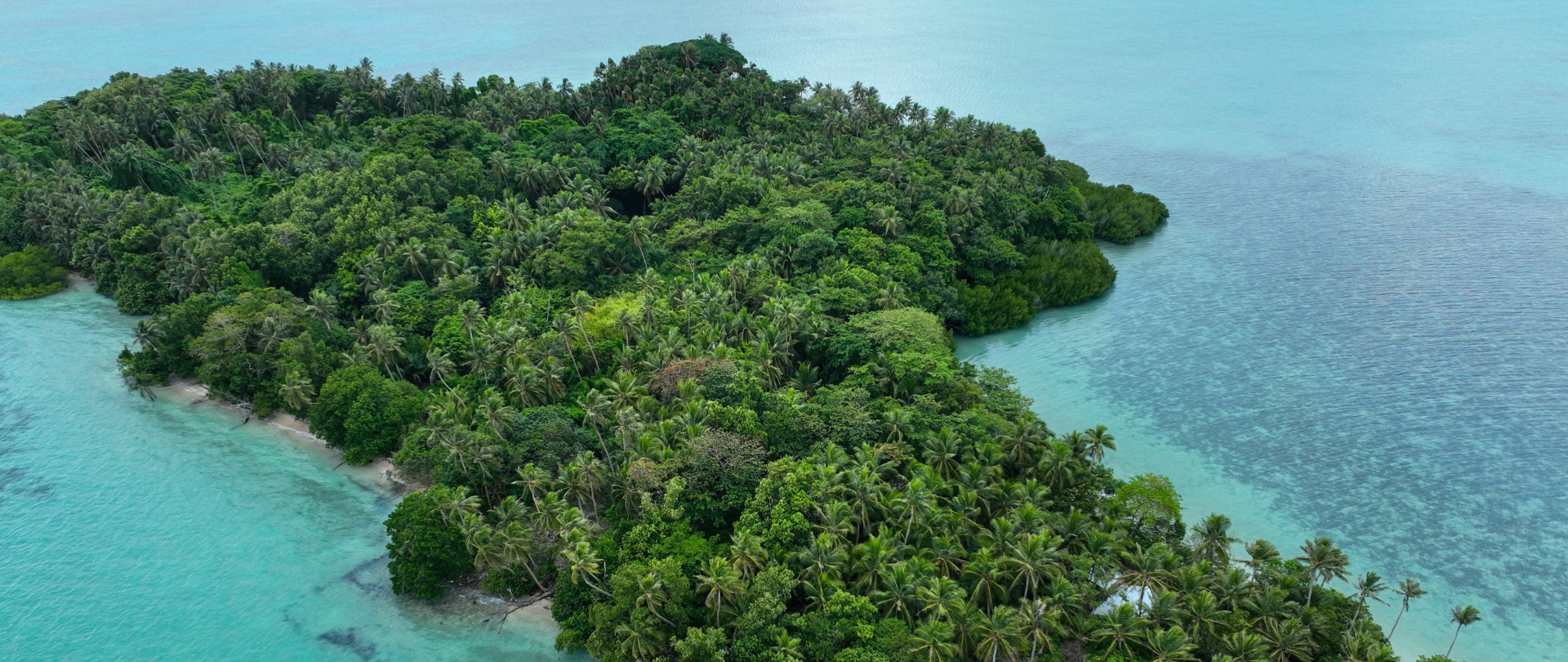
Ann Singeo, founder of our partner organization the Ebiil Society, shares her vision for a thriving Palau and a flourishing world of indigenous science!
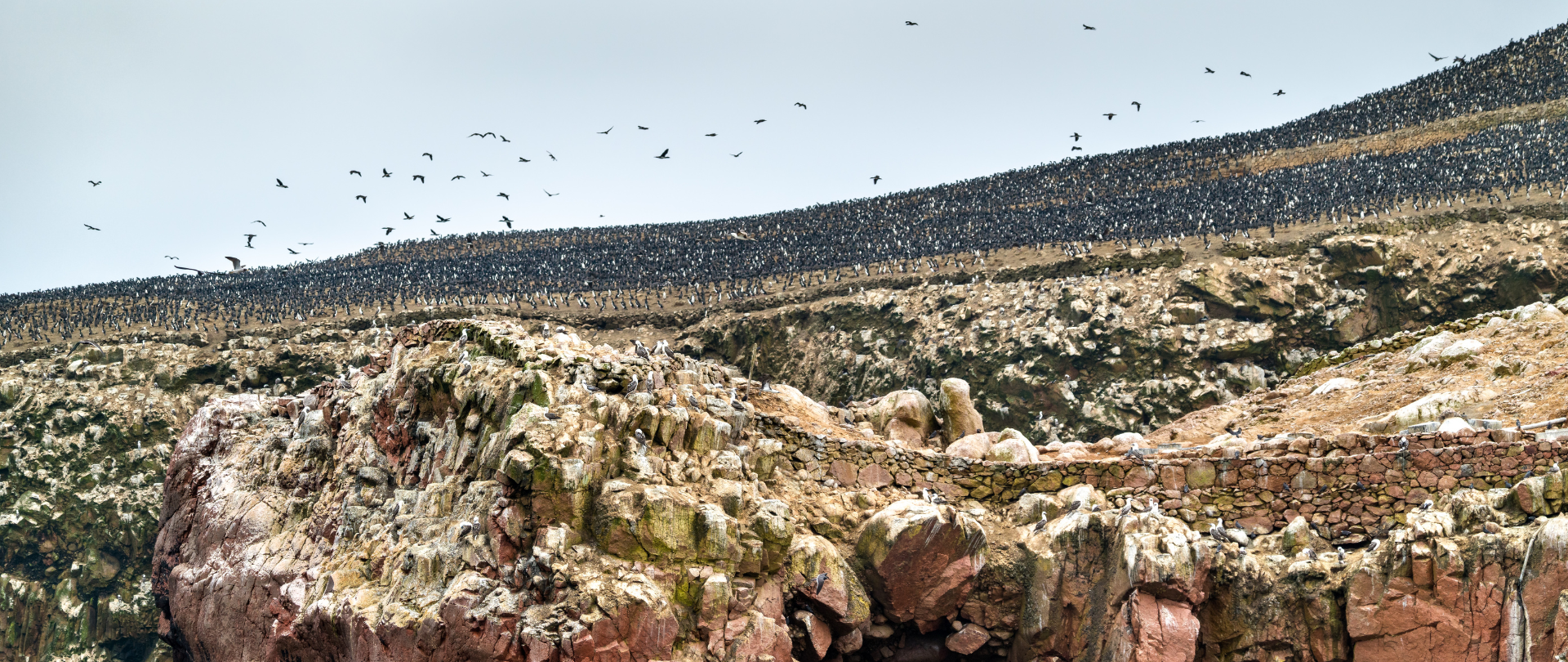
This historic agreement aims to protect the marine and coastal areas of the Southeast Pacific.
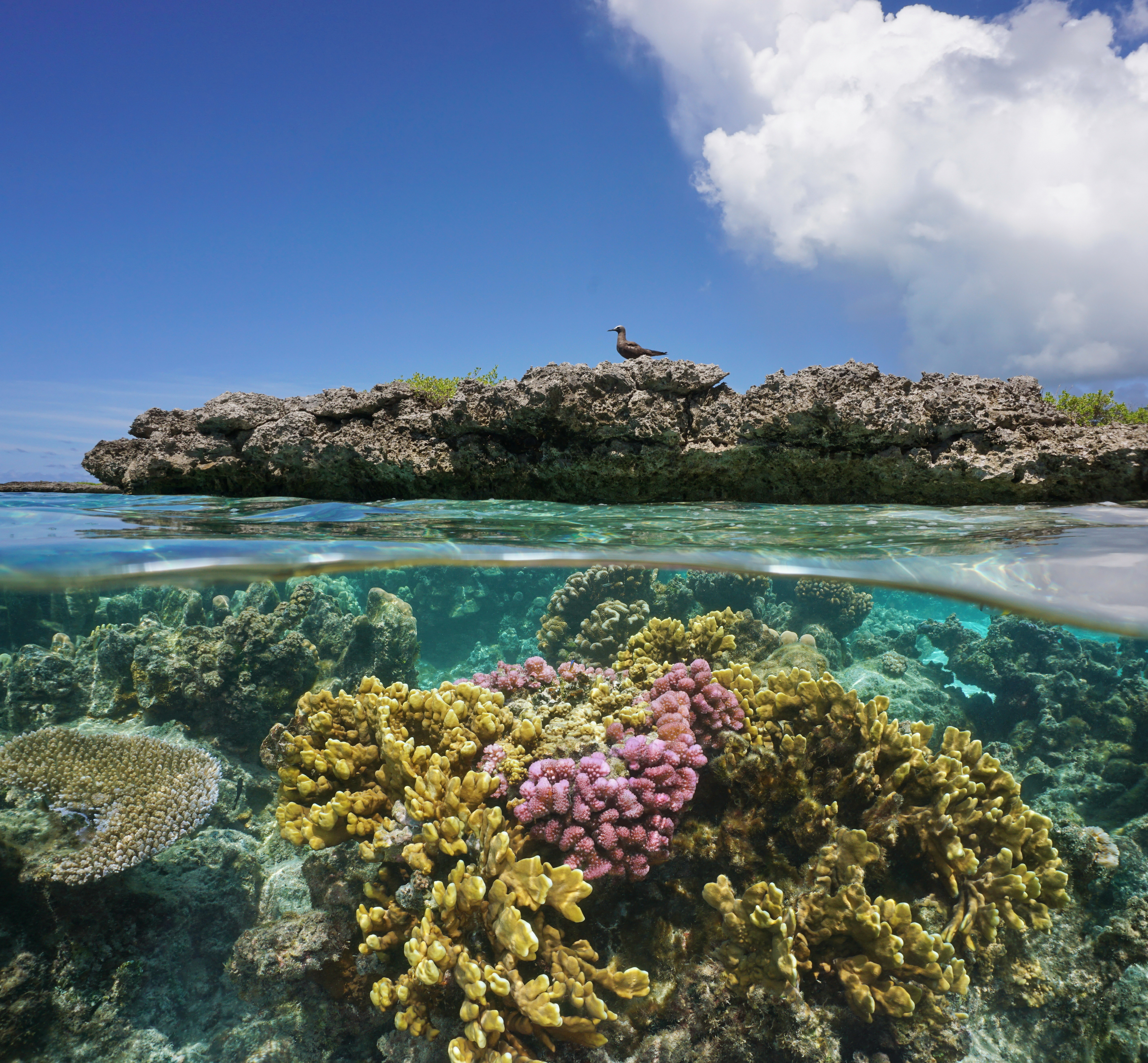
Our projects to restore key islets in Nukufetau Atoll forecast climate resilience and community benefits in Tuvalu!
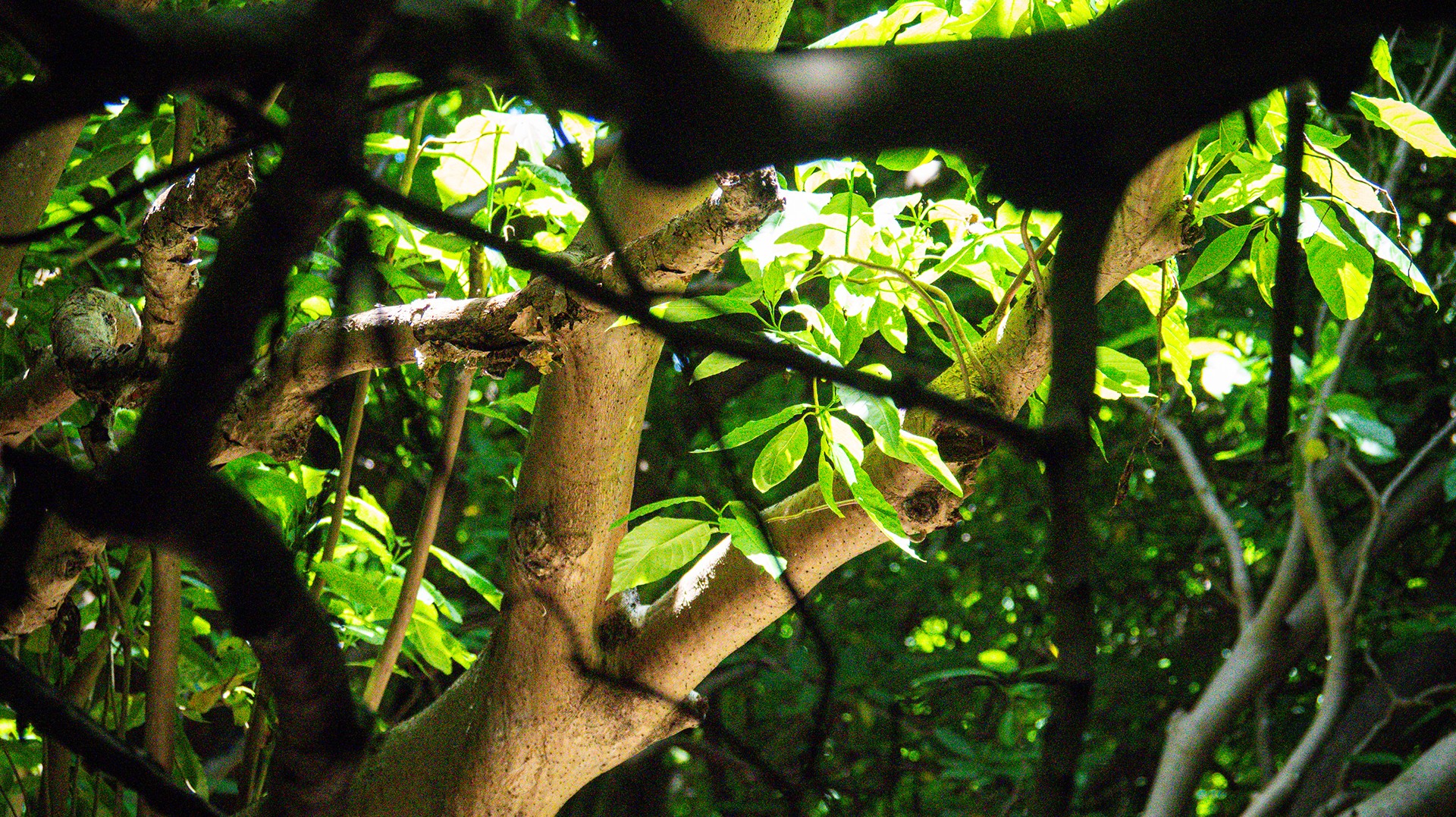
Island Conservation and partners have published a new paper quantifying ecosystem resilience on restored islands!
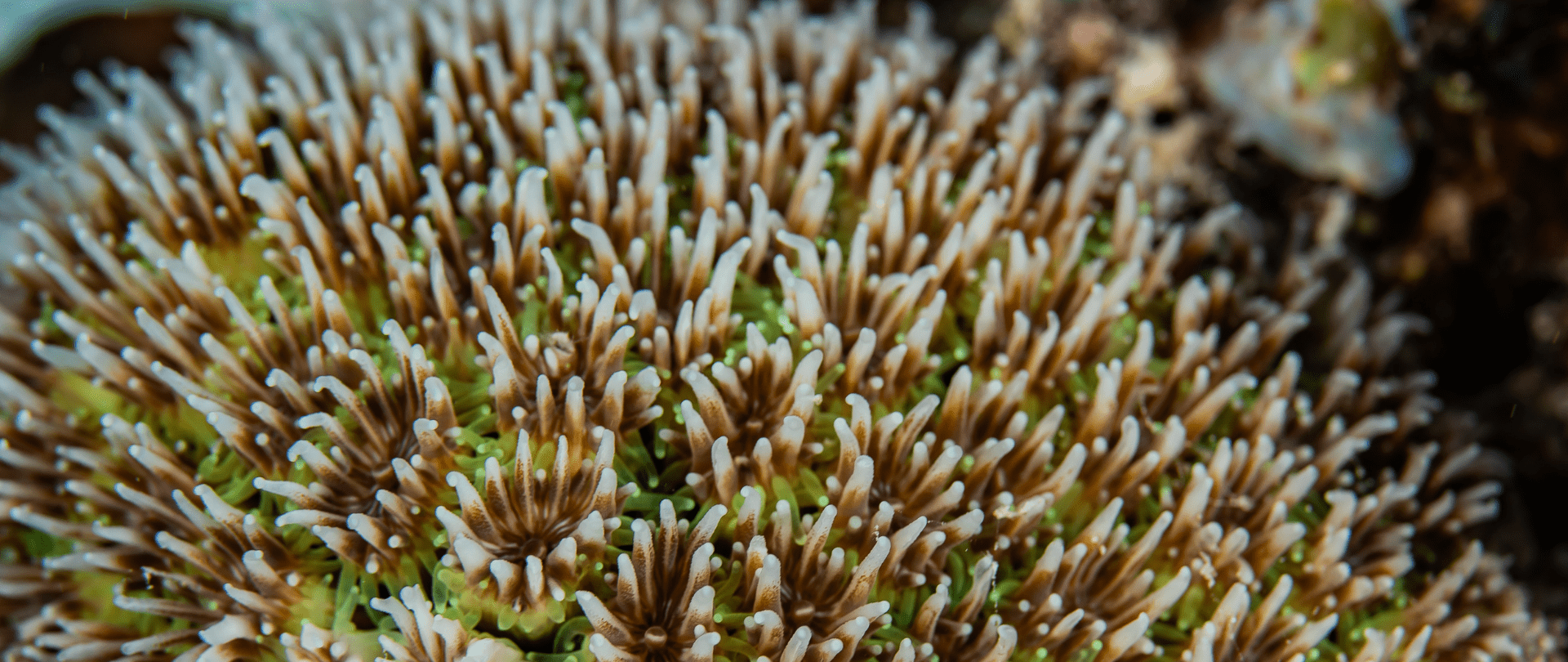
Climate Week NYC: what is it and why is it important? Read on to find out why Island Conservation is attending this amazing event!
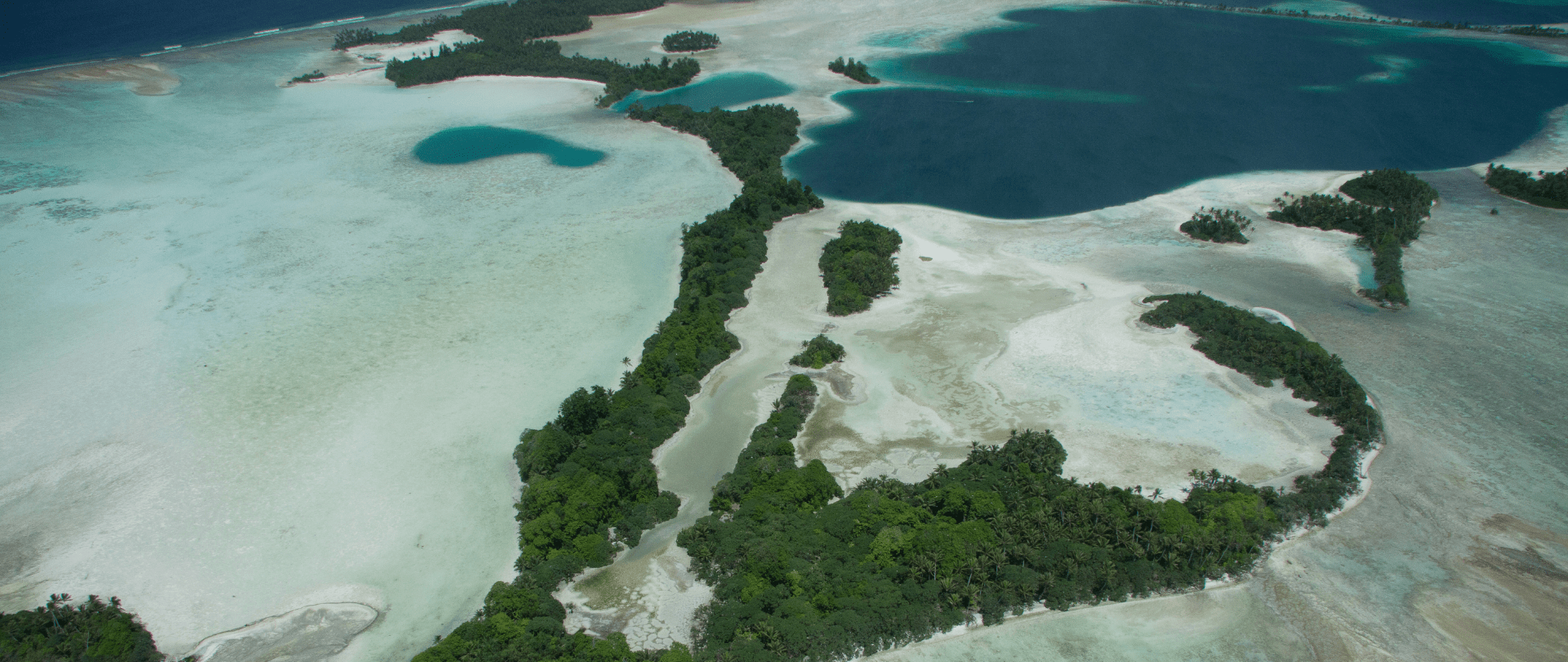
With sea levels on the rise, how are the coastlines of islands transforming? Read on to find out how dynamic islands really are!
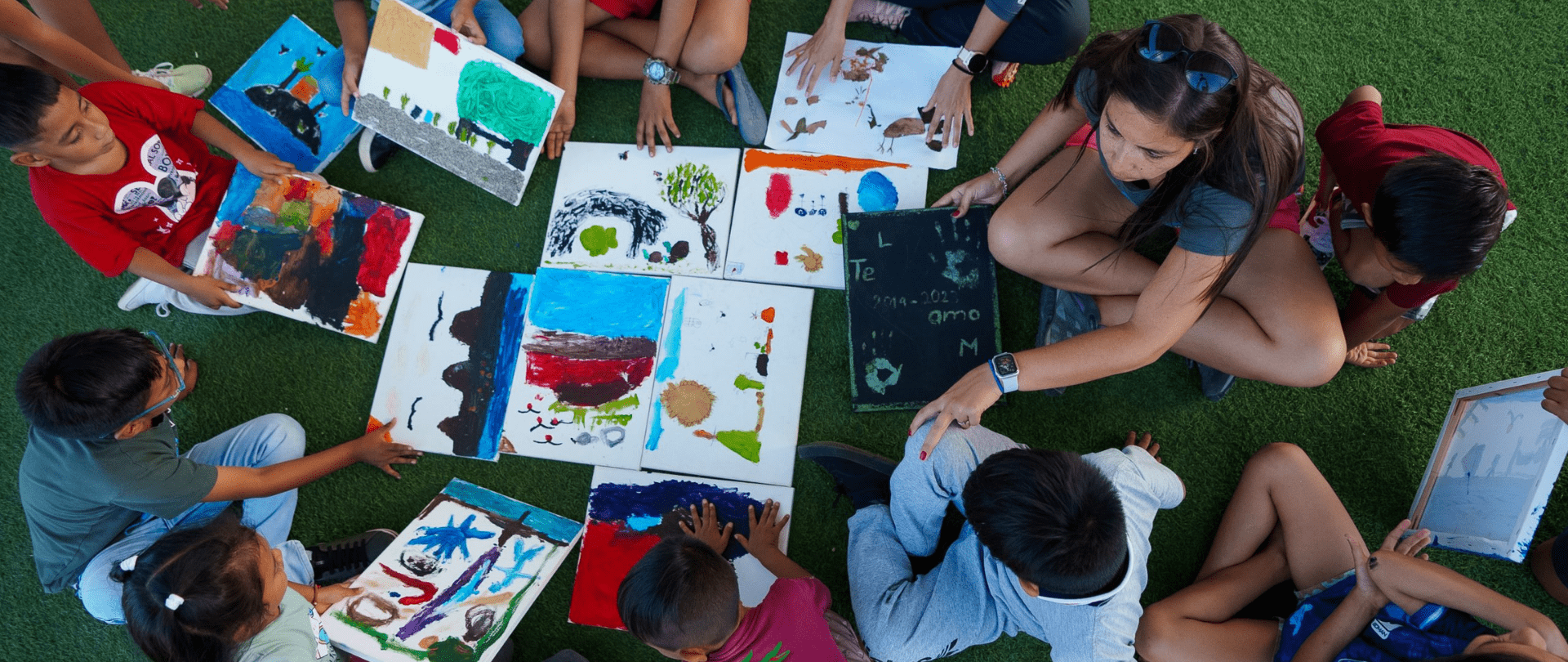
Join us in celebrating the most amazing sights from around the world by checking out these fantastic conservation photos!
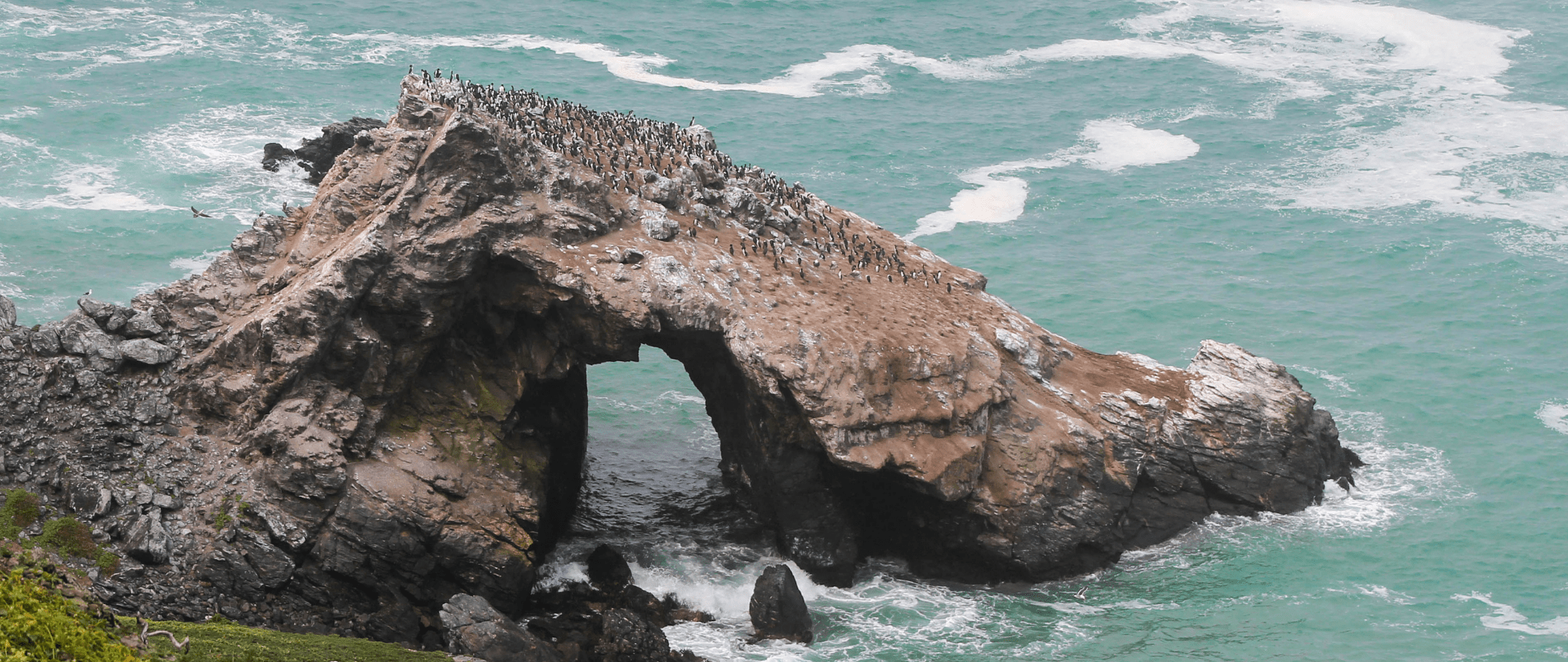
Rare will support the effort to restore island-ocean ecosystems by engaging the Coastal 500 network of local leaders in safeguarding biodiversity (Arlington, VA, USA) Today, international conservation organization Rare announced it has joined the Island-Ocean Connection Challenge (IOCC), a global effort to…
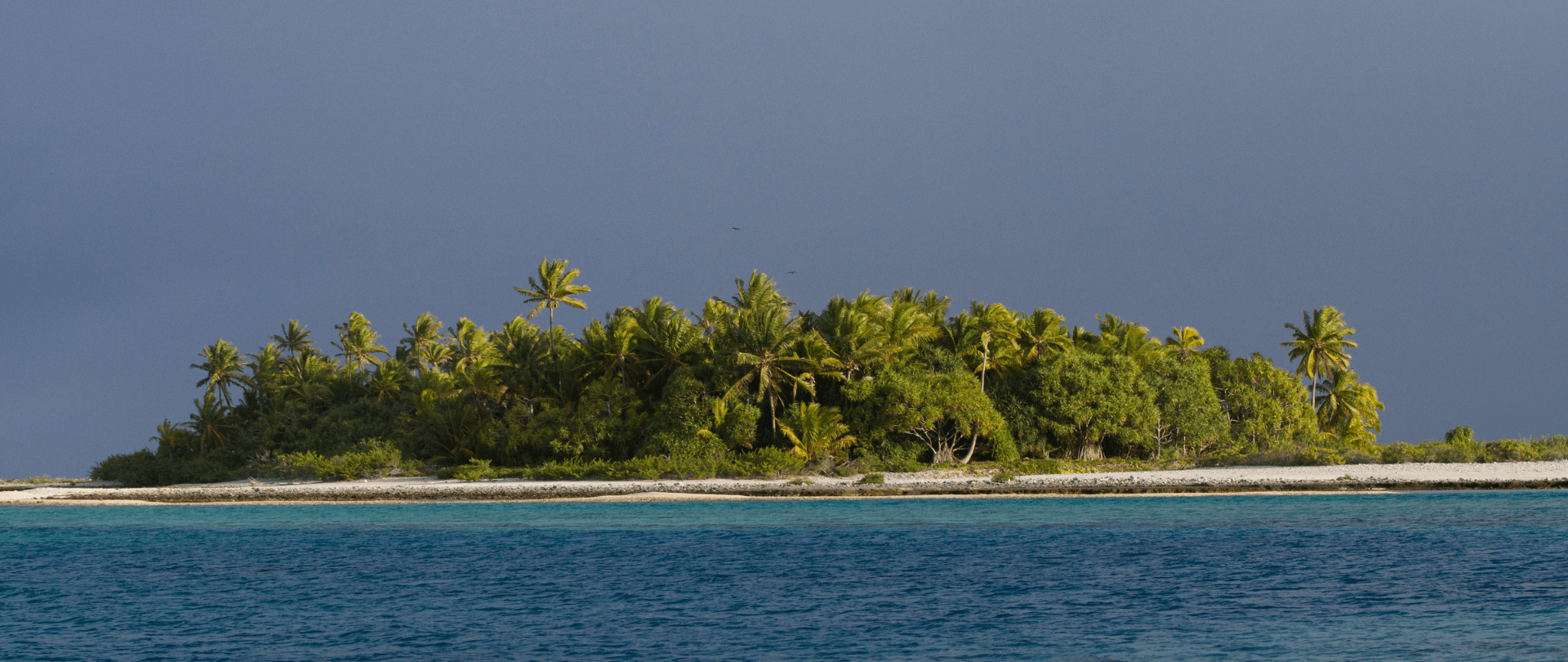
Island Conservation accepts cryptocurrency donations. Make an impact using your digital wallet today!
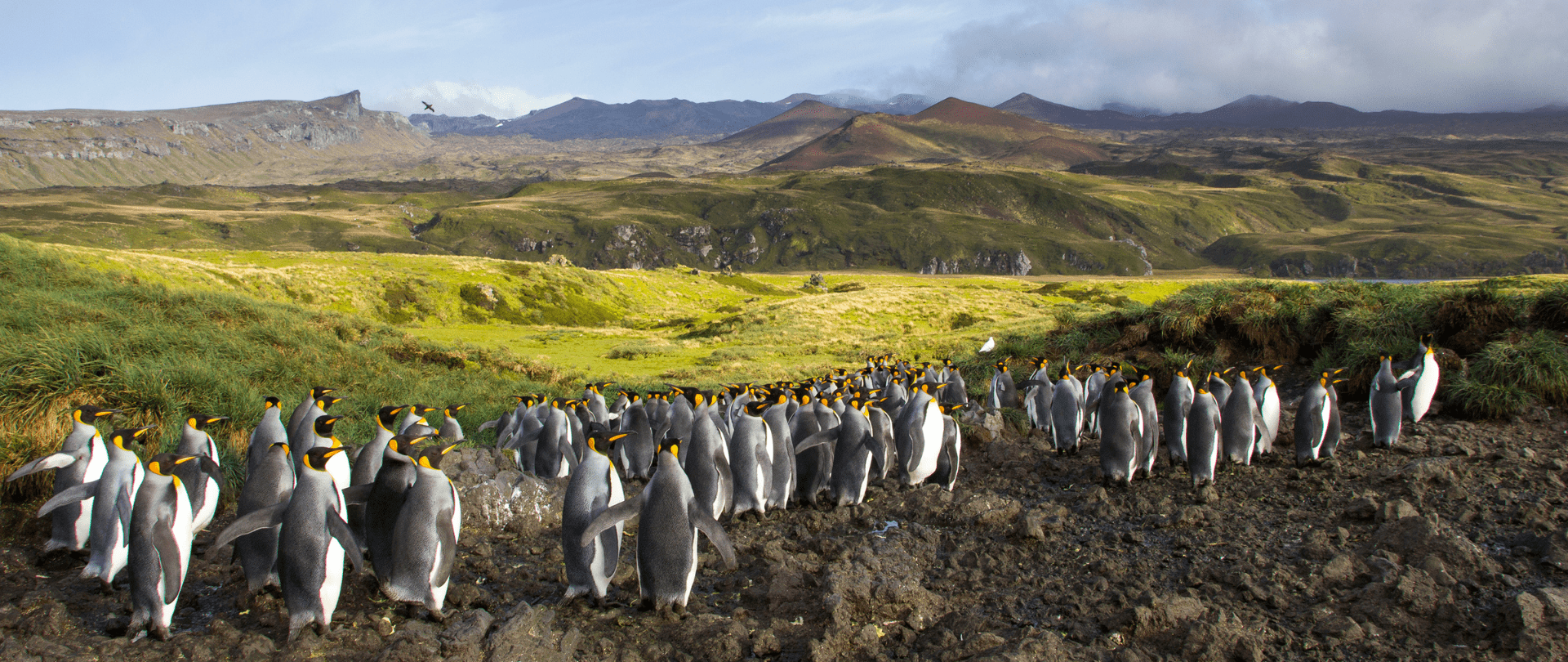
For Immediate Release Conservation powerhouse BirdLife South Africa has joined the Island-Ocean Connection Challenge (IOCC) – a global initiative aiming to restore, rewild and protect islands, oceans and communities – to support its work to save internationally significant albatross populations…